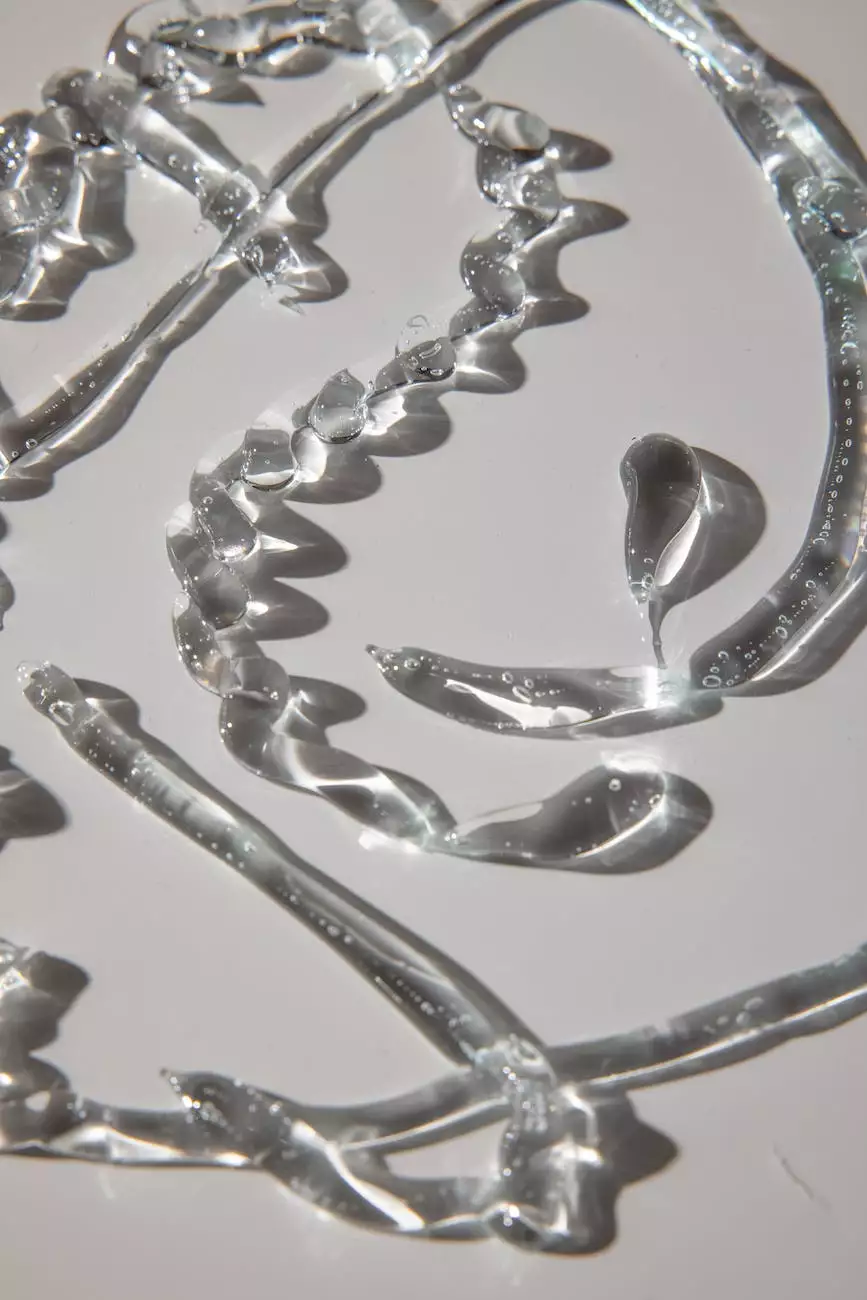Small Shade Trees: Your Best Options for Small Spaces

Welcome to Cutting Hedge Services, your go-to source for all things landscaping and gardening. In this comprehensive guide, we will introduce you to the best small shade tree options perfect for adding beauty, shade, and functionality to your limited outdoor spaces. Whether you have a small urban garden, a cozy patio, or a compact backyard, these small shade trees will transform your space into a peaceful oasis.
The Importance of Small Shade Trees
Small shade trees play a crucial role in designing and optimizing limited outdoor spaces. They provide relief from the scorching sun, create a soothing atmosphere, and enhance the overall aesthetics of your landscape. Additionally, they offer privacy, attract birds and wildlife, and help mitigate urban heat islands. With the right selection and proper care, small shade trees can significantly improve your outdoor living experience.
Factors to Consider When Choosing Small Shade Trees
Selecting the perfect small shade tree requires careful consideration. Here are some key factors to keep in mind:
Mature Size and Growth Habit
Before choosing a small shade tree, assess your available space and determine the maximum height and spread you can accommodate. Look for trees with compact or columnar growth habits to ensure they fit well within your space without overwhelming it.
Light and Soil Requirements
Consider the light and soil conditions in your small space. Some small shade trees thrive in full sun, while others prefer partial shade. Similarly, certain trees have specific soil pH and moisture requirements. Select trees that are well-suited to your site conditions to promote healthy growth and longevity.
Seasonal Interest
Small shade trees can offer more than just shade. Look for species that provide beautiful flowers in spring, vibrant foliage in autumn, or interesting bark textures year-round. By choosing trees with multi-seasonal interest, you can enjoy a visually appealing landscape throughout the year.
Drought Tolerance and Maintenance
In today's busy world, low-maintenance trees are highly desirable. Consider selecting drought-tolerant species that require minimal watering once established. Additionally, choose trees that have a low susceptibility to pests and diseases, reducing the need for constant monitoring and intervention.
Your Best Options for Small Shade Trees
1. Japanese Maple (Acer palmatum)
The Japanese Maple is a stunning small shade tree known for its delicate, lacy foliage and vibrant colors. With hundreds of varieties to choose from, you can find Japanese Maples that fit any small space, from compact gardens to container plantings. They thrive in partial shade and prefer slightly acidic, well-draining soil.
2. Crabapple (Malus spp.)
Crabapple trees offer beautiful spring blossoms, followed by colorful fruit in various sizes and shapes. These trees are available in dwarf and compact varieties, making them ideal for small spaces. They prefer full sun but can tolerate some shade, and they adapt well to different soil types.
3. Dogwood (Cornus florida)
The Dogwood tree is a true gem, displaying exquisite flowers in spring and attractive foliage in fall. This small shade tree thrives in partial shade and prefers moist, well-drained soil. Consider planting the iconic Eastern Dogwood (Cornus florida) or the versatile Kousa Dogwood (Cornus kousa).
4. Crape Myrtle (Lagerstroemia indica)
Crape Myrtle is a summer-flowering small shade tree that adds a burst of color to your landscape. It comes in a wide range of sizes, from shrub-like forms to small trees, offering options for different spaces. They thrive in full sun, are drought-tolerant once established, and prefer well-drained soil.
5. Serviceberry (Amelanchier spp.)
Serviceberry trees, also known as Juneberries, offer beautiful white flowers in early spring, followed by edible fruits loved by birds. These small shade trees prefer full sun to partial shade and thrive in various soil types. They are also known for their fantastic orange-red fall color.
Caring for Small Shade Trees
Once you have chosen and planted your small shade trees, it is important to provide them with proper care to ensure optimal growth and longevity. Here are some essential tips:
Planting
Follow proper planting techniques when setting your tree in the ground. Dig a hole slightly larger and deeper than the root ball, mix in organic matter, and ensure the tree is planted at the same depth as it was in the container.
Watering
Water your small shade trees deeply but infrequently. Aim for deep watering sessions, allowing the water to penetrate the root zone. Avoid frequent shallow watering, as it can lead to weak root systems.
Mulching
Apply a layer of organic mulch around the base of your tree, taking care to keep it away from the trunk. Mulch helps retain soil moisture, suppress weeds, and regulate soil temperature. Maintain a thickness of 2-4 inches.
Pruning
Prune your small shade trees to maintain their shape, remove dead or damaged branches, and improve overall health. It's best to prune during the dormant season, but light corrective pruning can be done throughout the year, if needed.
Fertilizing
Regular fertilization can promote healthy growth and vibrant foliage. Choose a balanced slow-release fertilizer specifically formulated for trees, and follow the manufacturer's instructions for application rates and timing.
Enhance Your Small Space with Small Shade Trees
Adding small shade trees to your limited outdoor spaces can make a significant impact on the aesthetics and functionality of your landscape. With our guide to the best small shade tree options and expert care tips, you now have the knowledge to create a beautiful and inviting oasis right at home. Get started on enhancing your small space with small shade trees today!




